































© Reuters
0 / 32 Fotos
Danakil Depression - It may look like another planet, but the Danakil Desert is in Ethiopia, with parts in Eritrea and Djibouti.
© Reuters
1 / 32 Fotos
Often called the hottest place on Earth - It's one of the hottest and most inhospitable places in the world, with volcanoes, lava lakes, deadly hot springs, and geysers blowing steaming hot water out of the ground.
© Reuters
2 / 32 Fotos
Tough on the body - The sun scorches the earth, sometimes at over 60°C (140°F), as the dry air sucks the moisture from your lips.
© Reuters
3 / 32 Fotos
The Afar people call it home - Though it may seem like an impossible place to live, it is inhabited by people who mine the landscape for its abundant salt.
© Reuters
4 / 32 Fotos
Hottest by average annual temperature - The harsh environment has an average annual temperature of 34.4°C (94°F).
© Reuters
5 / 32 Fotos
Dry and low - Reaching 410 ft (125 m) below sea level, it's one of the lowest places on the planet as well, and it only receives 100 to 200 mm of rainfall per year.
© Reuters
6 / 32 Fotos
The colors signify something important - Its dazzling multicolored hydrothermal fields are a result of a combination of mud, iron, halophile algae, and, most importantly, salt.
© Reuters
7 / 32 Fotos
Salt is its greatest value - For centuries, merchants have traveled into the depression with caravans of camels to collect salt from the surface of the vast desert basin.
© Reuters
8 / 32 Fotos
It's an age-old practice - Caravans set out into the Danakil Depression to find salt, extract it, pack it, and bring it back to town.
© Reuters
9 / 32 Fotos
Finding the salt pan - Caravans of camels are taken out to the salt pan.
© Reuters
10 / 32 Fotos
The economy - Berahile, in Afar, is one of many towns in Ethiopia whose economy revolves around the salt trade. Camel caravans spend the night in the center before the next day's journey.
© Reuters
11 / 32 Fotos
A good sleep is necessary - Salt merchants and their pack animals rest in a canyon, preparing for their journey into the harsh environment.
© Reuters
12 / 32 Fotos
They don't take much with them - Residents of the area have adapted to the weather, so they need less food and water than most other people, the BBC reports.
© Reuters
13 / 32 Fotos
Early start - At dawn, in the relatively cooler hours, the caravan starts its journey.
© Reuters
14 / 32 Fotos
An ancient route - Many generations have walked their camels through the Danakil Depression in search of salt.
© Reuters
15 / 32 Fotos
When you find it, you have to work fast - Workers cut and pack as much salt as they can before starting their two-day journey back.
© Reuters
16 / 32 Fotos
It's hard labor - And in an unforgiving heat.
© Reuters
17 / 32 Fotos
The desolate land offers life - The more they extract and bring back, the more money they'll make, and the later they'll have to make another trip out.
© Reuters
18 / 32 Fotos
A beautiful earthly offering - The slabs of salt are beautiful, but surely they seem a bit less beautiful if you're the one hauling them home.
© Reuters
19 / 32 Fotos
Expertly shaped - The slabs of salt extracted give a distinct geometry to the organic earth.
© Reuters
20 / 32 Fotos
Using simple materials - There is no fancy technology used on this ancient route.
© Reuters
21 / 32 Fotos
Chow time - The camels get a chance to relax while the men extract the salt.
© Reuters
22 / 32 Fotos
Back to work - Camels are loaded up with salt and sent on their way.
© Reuters
23 / 32 Fotos
A mirage? - The caravan takes two days to arrive at the town of Berahile, where it will unload and sell the product.
© Reuters
24 / 32 Fotos
Meanwhile in many parts of the world... - People are shaking salt onto their food without blinking an eye.
© Reuters
25 / 32 Fotos
A family business - Pictured is Abdu Ibrahim Mohammed, a retired salt merchant, who worked as a salt merchant for 25 years before passing the business onto his children.
© Reuters
26 / 32 Fotos
Time to unload - Workers tirelessly unload slabs of salt from camels back at the town of Berahile.
© Reuters
27 / 32 Fotos
Stack and sell - Slabs of salt are seen stacked in the Berahile Salt Association warehouse in Berahile.
© Reuters
28 / 32 Fotos
Off to the market - Merchants get their pay from salt associations.
© Reuters
29 / 32 Fotos
Chopped and refined - Workers then prepare bars of salt to be sold in the market in the city of Mekele.
© Reuters
30 / 32 Fotos
From the middle of the desert...
- To a handy single bar you can buy at a shop in town.
© Reuters
31 / 32 Fotos
© Reuters
0 / 32 Fotos
Danakil Depression - It may look like another planet, but the Danakil Desert is in Ethiopia, with parts in Eritrea and Djibouti.
© Reuters
1 / 32 Fotos
Often called the hottest place on Earth - It's one of the hottest and most inhospitable places in the world, with volcanoes, lava lakes, deadly hot springs, and geysers blowing steaming hot water out of the ground.
© Reuters
2 / 32 Fotos
Tough on the body - The sun scorches the earth, sometimes at over 60°C (140°F), as the dry air sucks the moisture from your lips.
© Reuters
3 / 32 Fotos
The Afar people call it home - Though it may seem like an impossible place to live, it is inhabited by people who mine the landscape for its abundant salt.
© Reuters
4 / 32 Fotos
Hottest by average annual temperature - The harsh environment has an average annual temperature of 34.4°C (94°F).
© Reuters
5 / 32 Fotos
Dry and low - Reaching 410 ft (125 m) below sea level, it's one of the lowest places on the planet as well, and it only receives 100 to 200 mm of rainfall per year.
© Reuters
6 / 32 Fotos
The colors signify something important - Its dazzling multicolored hydrothermal fields are a result of a combination of mud, iron, halophile algae, and, most importantly, salt.
© Reuters
7 / 32 Fotos
Salt is its greatest value - For centuries, merchants have traveled into the depression with caravans of camels to collect salt from the surface of the vast desert basin.
© Reuters
8 / 32 Fotos
It's an age-old practice - Caravans set out into the Danakil Depression to find salt, extract it, pack it, and bring it back to town.
© Reuters
9 / 32 Fotos
Finding the salt pan - Caravans of camels are taken out to the salt pan.
© Reuters
10 / 32 Fotos
The economy - Berahile, in Afar, is one of many towns in Ethiopia whose economy revolves around the salt trade. Camel caravans spend the night in the center before the next day's journey.
© Reuters
11 / 32 Fotos
A good sleep is necessary - Salt merchants and their pack animals rest in a canyon, preparing for their journey into the harsh environment.
© Reuters
12 / 32 Fotos
They don't take much with them - Residents of the area have adapted to the weather, so they need less food and water than most other people, the BBC reports.
© Reuters
13 / 32 Fotos
Early start - At dawn, in the relatively cooler hours, the caravan starts its journey.
© Reuters
14 / 32 Fotos
An ancient route - Many generations have walked their camels through the Danakil Depression in search of salt.
© Reuters
15 / 32 Fotos
When you find it, you have to work fast - Workers cut and pack as much salt as they can before starting their two-day journey back.
© Reuters
16 / 32 Fotos
It's hard labor - And in an unforgiving heat.
© Reuters
17 / 32 Fotos
The desolate land offers life - The more they extract and bring back, the more money they'll make, and the later they'll have to make another trip out.
© Reuters
18 / 32 Fotos
A beautiful earthly offering - The slabs of salt are beautiful, but surely they seem a bit less beautiful if you're the one hauling them home.
© Reuters
19 / 32 Fotos
Expertly shaped - The slabs of salt extracted give a distinct geometry to the organic earth.
© Reuters
20 / 32 Fotos
Using simple materials - There is no fancy technology used on this ancient route.
© Reuters
21 / 32 Fotos
Chow time - The camels get a chance to relax while the men extract the salt.
© Reuters
22 / 32 Fotos
Back to work - Camels are loaded up with salt and sent on their way.
© Reuters
23 / 32 Fotos
A mirage? - The caravan takes two days to arrive at the town of Berahile, where it will unload and sell the product.
© Reuters
24 / 32 Fotos
Meanwhile in many parts of the world... - People are shaking salt onto their food without blinking an eye.
© Reuters
25 / 32 Fotos
A family business - Pictured is Abdu Ibrahim Mohammed, a retired salt merchant, who worked as a salt merchant for 25 years before passing the business onto his children.
© Reuters
26 / 32 Fotos
Time to unload - Workers tirelessly unload slabs of salt from camels back at the town of Berahile.
© Reuters
27 / 32 Fotos
Stack and sell - Slabs of salt are seen stacked in the Berahile Salt Association warehouse in Berahile.
© Reuters
28 / 32 Fotos
Off to the market - Merchants get their pay from salt associations.
© Reuters
29 / 32 Fotos
Chopped and refined - Workers then prepare bars of salt to be sold in the market in the city of Mekele.
© Reuters
30 / 32 Fotos
From the middle of the desert...
- To a handy single bar you can buy at a shop in town.
© Reuters
31 / 32 Fotos
A day in the hottest place on Earth
What it's like working in one of the hottest, driest, and lowest places on the planet
© Reuters
The Danakil Depression in Ethiopia is an alien sight to see, but experiencing it is another story. The lowest point in Africa, the Danakil is widely regarded as the hottest place on the planet, as its annual average temperature exceeds every other place on earth.
The area, where three tectonic plates join, is home to an active volcano as well as the Afar people, generations of whom have hauled blocks of salt—a form of currency—along harsh camel caravan routes from the depression back to their towns. But what does that actually look like, beyond the tourist photos and under the beating heat of the sun? Click through to find out.
RECOMMENDED FOR YOU
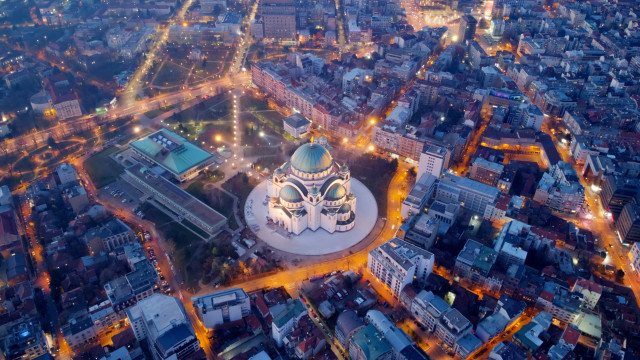
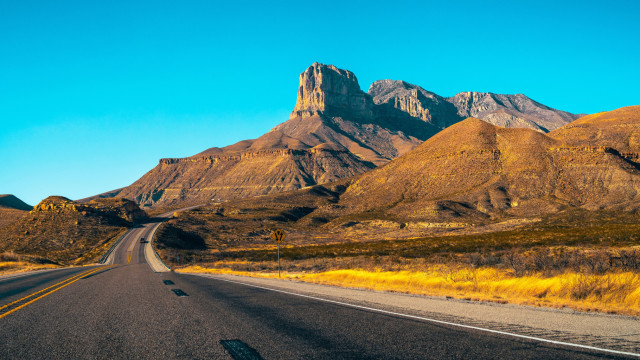








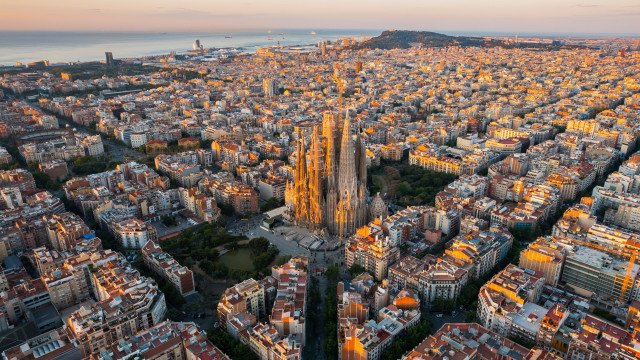





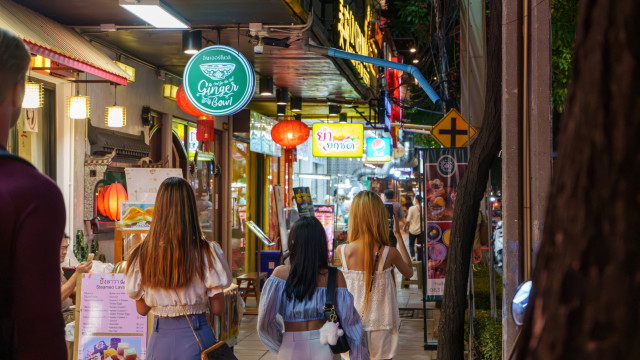
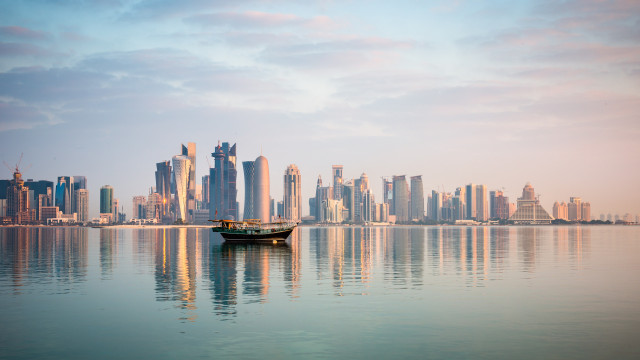
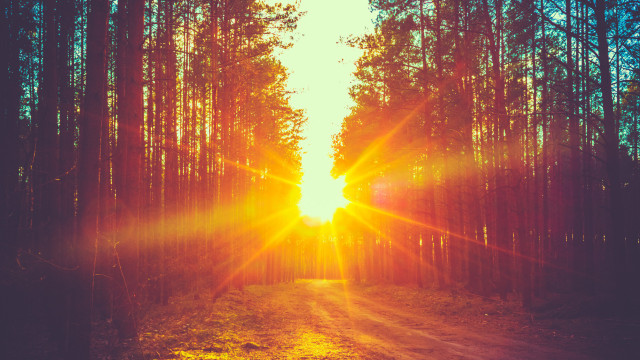



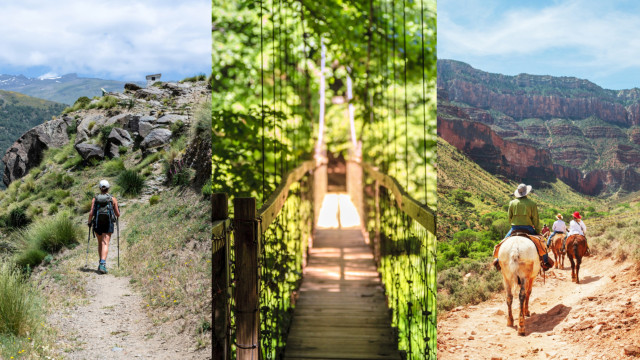
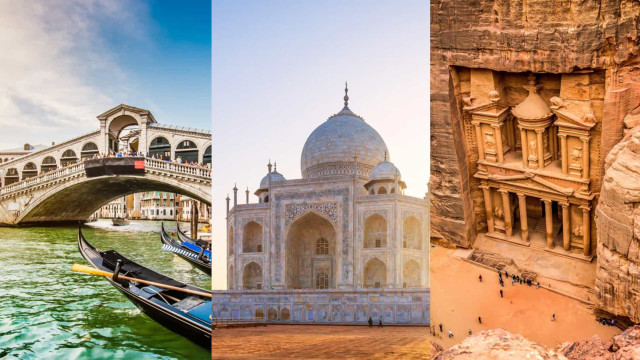

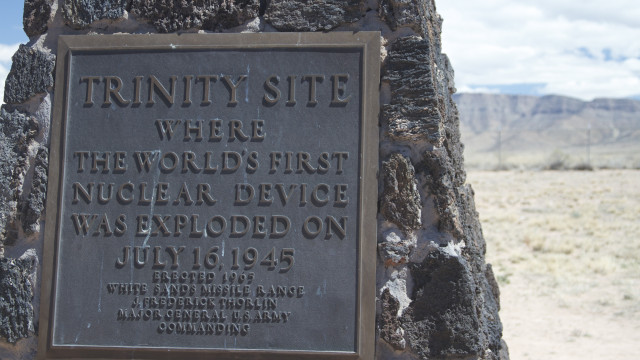
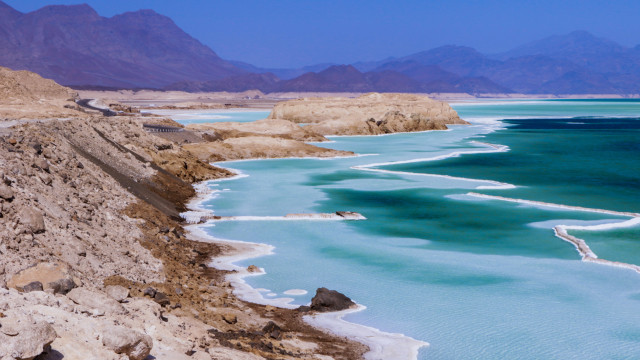


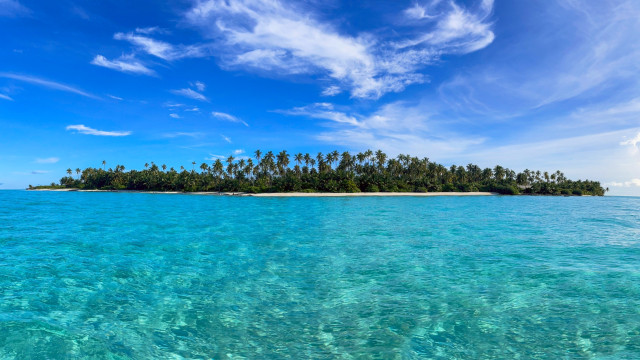


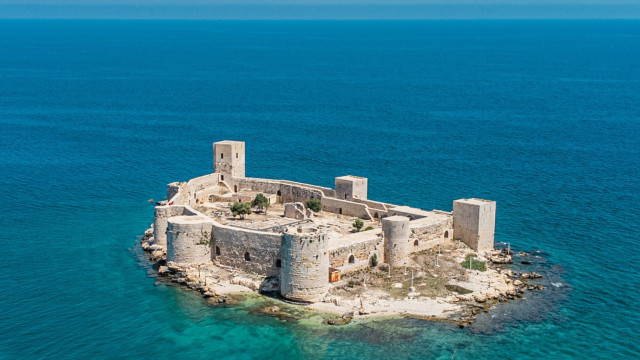

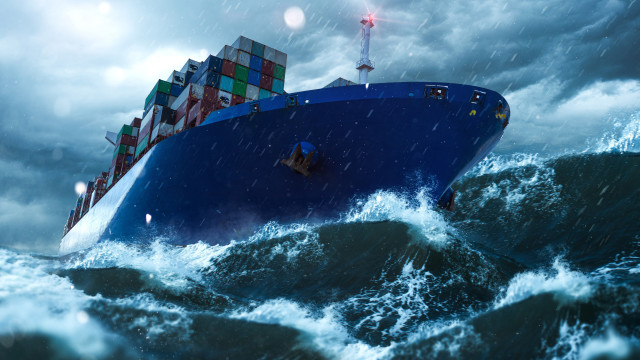
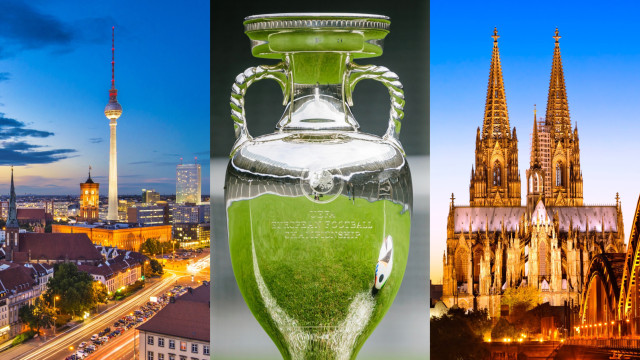
MOST READ
- Last Hour
- Last Day
- Last Week
-
1
CELEBRITY Relationships
-
2
LIFESTYLE Throwback
-
3
LIFESTYLE Catholicism
-
4
LIFESTYLE Home remedies
-
5
LIFESTYLE Putin
-
6
FOOD Fine dining
-
7
TRAVEL Nations
-
8
LIFESTYLE History
-
9
LIFESTYLE Emergency
-
10
LIFESTYLE History








